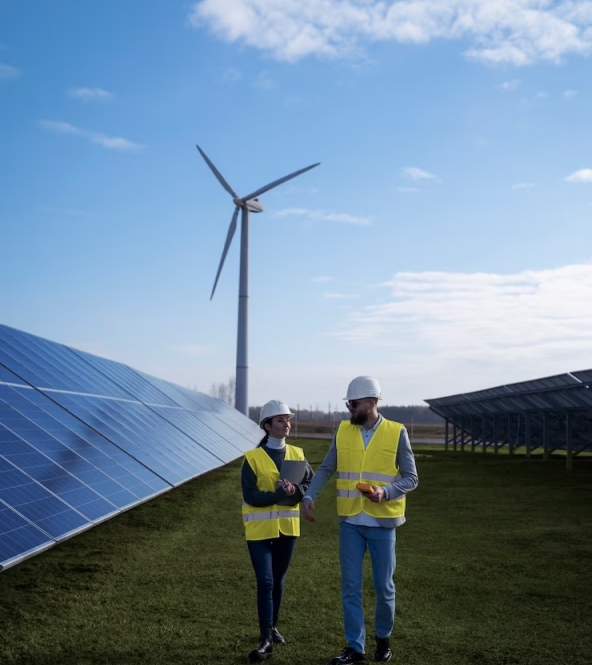Solar Inverters


In the last year, solar power has seen a surge in popularity.
This is because it’s now cheaper to install and use than ever before. It’s also cleaner for the environment and less expensive for you! This article will give you advice on how to find the best solar inverter of your needs, so read on if you’re considering switching to clean energy this summer!
What is a solar inverter?
A solar inverter is a device that changes direct current (DC) electricity from your solar panels into the “alternating current” (AC) that most TVs, microwaves, lamps, and other devices need. Solar inverters take energy from photovoltaic panels (solar power devices which turn sunlight into electricity) and convert it to power you can use in your home or RV.
Inverters are also rated according to their compatibility with different types and sizes of solar panels (they can handle either low voltage or high voltage panels but they only work with the type they’re made for). They are also rated for their efficiency depending on the number of watts they produce per ampere. They range in price from $999 all the way through to $10,000.
How to choose the best solar inverters for your needs?
There are many factors to consider when choosing your solar inverter, and we’re here to help you make the right decision.
Decide which type of PV panels you want to use: low voltage (less than 24 volts) or high voltage (greater than 24 volts). There are also single-phase and three-phase inverters, so it’s important to know what type of power grid system you have in your area. Single-phase inverters are designed for areas with a 3-wire system, and three-phase inverters can be used anywhere.
Next, consider which efficiency rating is best for you. The higher your watt output, the lower your efficiency rating will be. Solar inverters come in a range of ratings from 1 to 5 stars so that you can choose the one with a rating to match your needs.
Remember that the more watts you want, then the less efficiency your inverter will have. This is important to think about when choosing solar panels for your home too- panels come in different sizes and wattages as well!
Decide on power output: solar inverters are rated by their maximum power output in watts and their total maximum power production in kilowatts (kW).
The higher the wattage of your inverter, the more likely it is to have just a single-phase inverter. This is because as you get more power, the number of phases in the system goes up.
What are the top 5 things to look for when choosing an inverter?
Look at the watt output – remember that less watts equals a higher efficiency rating (at the cost of power).
Look at compatibility with different types of panels – some inverters only work with low voltage panels while others only work with high voltage.
Consider what type of wiring you have in your system: single-phase or three-phase. This is especially important if you are installing a solar system for your home where the breaker panel will most likely be three-phase (common in new construction).
Off-grid systems are designed for those who wish to be self-sufficient. They have a backup power supply in case of emergencies or blackouts, which are battery banks that store excess power from your solar panels and converts this back to electricity when needed.
Hybrid systems, on the other hand, have two sources of power – a combination of solar panels and the traditional utility company they rely on for most of their electricity needs. This system is more common in homes that don’t have access to alternative sources of energy.
Choosing a solar inverter can be difficult due the number of factors to consider. However, if you take into account your needs and how they will affect which type of system is best for your home, then it becomes much easier to find the right one. This article has outlined some important considerations that should help make this decision easier- let us know what other questions we may be able to answer!




